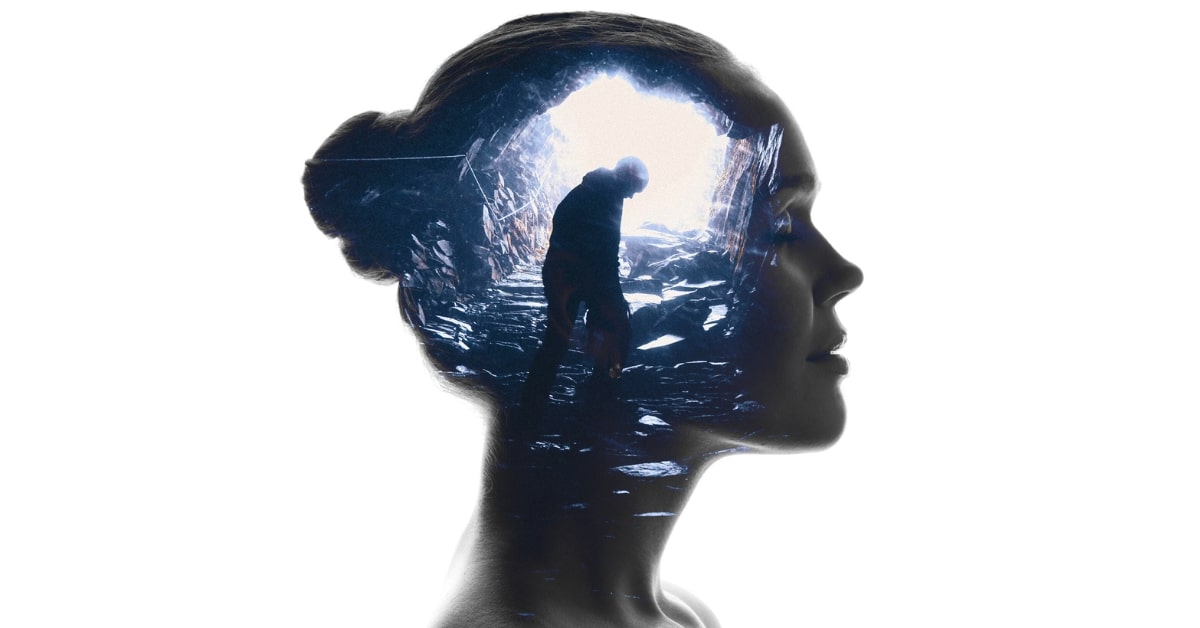Double exposure photography is a captivating technique that merges two or more images into a single frame, creating ethereal and surreal compositions. From dreamlike portraits and nature scenes to abstract art and conceptual imagery, double exposure photography offers endless opportunities for artistic expression and storytelling. In this comprehensive guide, we’ll delve into the world of double exposure photography, its techniques, tools, and tips for creating mesmerizing double exposure images that captivate the imagination.
Understanding Double Exposure Photography
Double exposure photography, also known as multiple exposure photography, involves overlaying two or more images onto a single frame of film or digital sensor. By blending the images, photographers can create seamless and visually compelling compositions that transcend reality and evoke emotions, memories, and narratives. Double exposure photography can be achieved in-camera using specialized settings or techniques, or in post-processing using image editing software.
Why Double Exposure Photography Matters?
Double exposure photography offers a unique way of seeing and interpreting the world, allowing photographers to explore themes of identity, memory, and interconnectedness through visual storytelling. By combining disparate elements into a single image, double exposure photography invites viewers to look beyond the surface and discover hidden meanings and connections within the composition. In an age of digital manipulation and visual saturation, double exposure photography stands out as a medium for artistic experimentation and self-expression.
Key Techniques in Double Exposure Photography
- In-Camera Double Exposure: Many modern digital cameras offer in-camera double exposure modes or settings that allow photographers to create double exposure images directly on the camera. In-camera double exposure modes typically overlay two or more images in real time, allowing photographers to preview and adjust the composition before capturing the final image.
- Manual Double Exposure: For cameras that do not have in-camera double exposure capabilities, photographers can create double exposure images manually by capturing multiple exposures on a single frame of film or digital sensor. This technique requires careful planning and coordination to ensure proper exposure and alignment of the images.
- Post-Processing Double Exposure: In post-processing, photographers can create double exposure effects using image editing software such as Adobe Photoshop or GIMP. This technique involves layering and blending multiple images using layer masks, blending modes, and opacity adjustments to achieve the desired look and feel.
- Creative Experimentation: Double exposure photography is a versatile and experimental medium that encourages photographers to think outside the box and push the boundaries of traditional photography. Experiment with different subjects, textures, and colors to create unique and visually striking double exposure compositions that reflect your artistic vision and style.
Double Exposure Photography Process: Step by Step
- Conceptualization: Begin by brainstorming ideas and concepts for your double exposure photography project. Consider themes, emotions, and narratives that you want to convey through your images, and how different elements can be combined to create visually compelling compositions.
- Image Selection: Choose the images you want to use for your double exposure composition, taking into account factors such as subject matter, composition, and visual appeal. Look for images that complement each other and have interesting textures, shapes, and colors that can be blended harmoniously.
- Overlay and Blend: Overlay the selected images onto a single canvas or frame, using layer masks, blending modes, and opacity adjustments to blend them seamlessly. Experiment with different blending techniques to achieve the desired effect, such as blending modes that emphasize contrast or blending modes that create a soft and ethereal look.
- Refinement: Fine-tune the details of your double exposure composition, paying attention to color balance, contrast, and overall visual balance. Use adjustment layers and filters to enhance the mood and atmosphere of your double exposure image, and make any final adjustments to ensure a polished and professional result.
Benefits of Double Exposure Photography
- Artistic Expression: Double exposure photography offers a unique medium for artistic expression and experimentation, allowing photographers to create visually stunning compositions that transcend reality and evoke emotions and narratives.
- Visual Impact: Double exposure images have a powerful visual impact that captivates viewers and invites them to explore the layers of meaning and symbolism within the composition.
- Storytelling: Double exposure photography allows photographers to tell compelling stories and convey complex ideas through visual imagery, using symbolism, metaphor, and juxtaposition to evoke emotions and provoke thought.
FAQs
Can double exposure photography be achieved with digital cameras?
Yes, many modern digital cameras offer in-camera double exposure modes or settings that allow photographers to create double exposure images directly on the camera.
What types of images work best for double exposure photography?
The best images for double exposure photography are those with strong shapes, textures, and contrast that can be blended harmoniously.
Are there any legal considerations when using images for double exposure photography?
It’s important to respect copyright laws and obtain permission or licensing for any images used in double-exposure compositions that are not your own.
This page was last edited on 28 February 2024, at 4:13 pm
